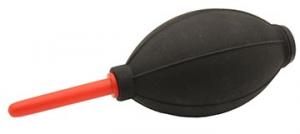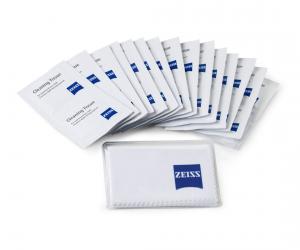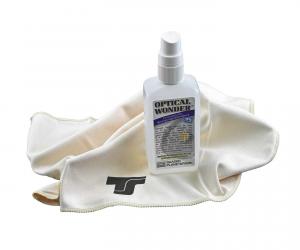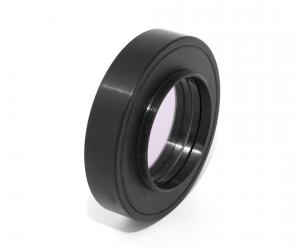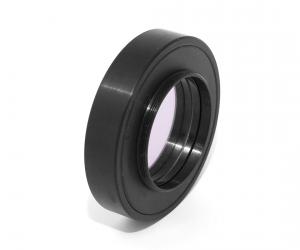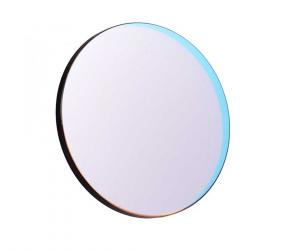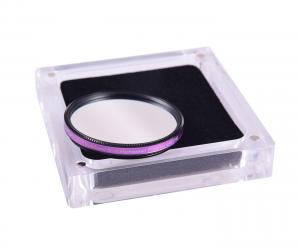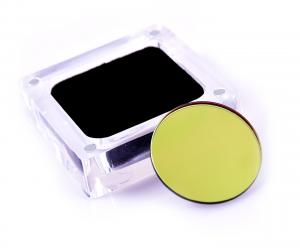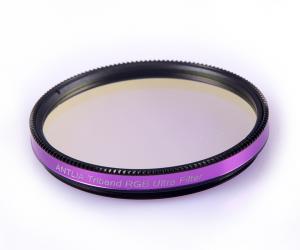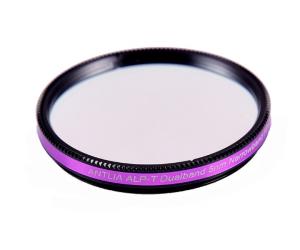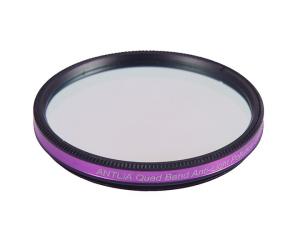- Telescopes
- Overview:
Telescopes - Achromatic Refractor
- Apochromatic Refractor
- Overview:
Apochromatic Refractor - ED Refractor - less color aberration than an achromatic
- SD APO - color free 2-element APO objective
- EDT APO - 3 element ED objective
- High End APO with 3-element APO objective - no color aberation
- Flatfield APO with flat field for Astrophotography
- All Apos and EDs from all manufacturers - large overview
- TS APO and ED from Japan with high quality optics
- Overview:
- Newtonian Telescopes
- Dobsonian Telescopes
- RC Ritchey Chretien Telescopes
- Casssegrain Telescopes
- Reflektor Telescopce with Lens Correcture
- Maksutov Cassegrain Telescopes
- GoTo Telescopes
- Solar Telescopes H-Alpha
- Overview:
- Mounts Tripods Rings Rails Power Supply ...
- Overview:
Mounts Tripods Rings Rails Power Supply ... - Mounts Equatorial with GoTo
- Mounts Equatorial without GoTo
- Mounts Azimutal with GoTo
- Mounts Azimutal without GoTo
- Mounts GoTo - Harmonic Drive
- Travel mounts for astro imaging
- Tripods Piers Polar Wedges
- Mount Control & Electronics
- Dovetail Clamps, Plates and Mount Adapters
- Tube Rings
- Power Supply
- Counterweights Balance Weights
- Mount Accessories - Other
- Overview:
- Telescope Accessories
- Overview:
Telescope Accessories - Eyepieces
- Barlows & Reducer Lenses
- Diagonal Mirrors and Prisms
- Binocular Viewers
- Finder Scopes
- Telescope Collimation and Test
- Cleaning Tools
- Transport and Storage
- Dust protection for Telescopes & Accessories
- Stray Light Protection
- Dewcaps and Heater
- Focusers, Adapters, Motorfocus
- Telescope DIY & Improvement
- Other telescope accessories
- Replacement Parts
- Overview:
- Filters
- Overview:
Filters - Color Filters and Color Filtersets
- Nebular Filters for Visual Observing
- Neutral-Density and Polfilter
- Photo Narrowband Nebular Filters
- Photo Broadband Filters
- Photo Planetary Filters
- Photo R-G-B and IR Cut Filters
- Photo - Filtersets
- Photometric Filters
- Clip Filter for DSLR Cameras
- Filter Wheels and Filterslider
- Solar Filters for white light
- Solarfilter for H-Alpha and Calcium
- Overview:
- Adaptors
- Overview:
Adaptors - Adapter 1,25" and 24,5mm
- Adapter 2"
- Adapter T2 - M42x0.75
- Adapter M48x0,75
- Adapter M54
- Adapter SC
- Adapter M63
- Adapter M68
- Adapter to other Threads
- Adapter Extensions
- Adapter camera bayonet
- Adapter Objective Filterthread
- Adapter Quick Changing , Rotation
- Adapter Eyepiece Projection
- Adapters Tilting
- Overview:
- Astrophotography and Photography
- Overview:
Astrophotography and Photography - Cooled Cameras
- Cameras without Cooling
- Deep-Sky Cameras uncooled
- Set-Offers Camera, Filter, Wheels
- Acessories for Cameras
- Travel mounts for astro imaging
- Imaging Correctors for Telescopes
- Autoguiding Cameras & Sets
- Everything for Guiding
- Focusing aids - Bahtinov mascs
- Flat Field foils and boxes
- Lenses for Cameras
- Piggyback Camera Holder
- Camera Bags, Photocases & more
- Digital Camera and Smartphone Adapter
- Other photo accessories
- Overview:
- Binoculars, Spotting Scopes, Microscopes, Range Finders
- Overview:
Binoculars, Spotting Scopes, Microscopes, Range Finders - Roof Prism Binoculars
- Binoculars with Porro prisms
- Binoculars from 100mm Aperture
- Binoculars with 1,25 inch eyepieces
- TSMX APO Binoculars
- Binoculars for Astronomy
- Binoculars Hiking Bird watching
- Monoculars - Opera Binoculars
- Accessories for Binoculars
- Spotting Scopes
- Range Finders
- Microscopy
- Bags for Phototripods & Binoculars
- Overview:
- Phototripods and Binomounts
- Books, Software
- Overview:
Books, Software - Books for Astronomy Beginners
- Star Charts and Planispheres
- Books about our Solar System
- Observing Tips for Amateurs
- Popular Astronomy Literature
- Teaching material
- Astrophotography books
- Telescopes, Observatories, Construction
- Calendars Yearbooks
- Software, Star Charts
- Books for Microscopers
- Books Nature and Animals
- Nature Photography TimeLapse
- Overview:
- Night Vision, Magnifiers, Weather, Domes & more
- Beginner Astronomy and Gift Ideas
- Second Hand & Special Offers
- New products
Manufacturer: ANTLIA
Product number: ALP-T-2
EUR555.00new
EUR 555,00
incl. 19 % VAT (DE)
The VAT indicated refers to that applicable in Germany. After logging in, the VAT amount is adjusted to the applicable VAT of the stored delivery country. Therefore, the final price may vary accordingly.
excl. 6.95 € shipping costs (DE)
more details to the shipping costs ...Please log in to calculate shipping costs to your country.
There are no reviews for this product
- Details..
- Technical data..
- In the box..
Antlia ALP-T Dual Band 5 nm Narrow Band Nebula Filter for B/W and Color Cameras
Antlia designed this 5 nm dual line-pass filter for one-shot color cameras (OSC), DSLRs and mirrorless system cameras. However, it can also be used as a narrow-band filter for mono cameras to save valuable shooting time and produce extremely high-contrast luminance shots, even in moonlight and near cities.The ALP-T dual-band filter passes red H-alpha light (656.3 nm) and green O-III light (500.7 nm) and blocks all other wavelengths. In particular, the unwanted wavelengths of light pollution and airglow are blocked. This allows you to take deep deep sky images even in moonlight and from close to the city. The signal-to-noise ratio is greatly increased, allowing you to bring out even the faintest nebulae.
Astrophotographic results obtained with this filter on Astrobin
Here you can find some astrophotographs made with this filter: Link to AstrobinThe quality features of Antlia narrow band filters at a glance:
| Substrate: | Schott optical substrate |
| Filter thickness: | 2 mm |
| Cell: | Low-profile metal cell with M48x0.75 filter thread |
| FWHM: | 5 nm |
| CWL: | 656.3 nm (90%), 500.7 nm (82%) |
| Surface quality: | S/D (scratch/dig)= 60/40 (Refer to MIL-O-13830) |
| Surface accuracy: | Lambda/4 or better |
Recommended accessories
Cleaning & Collimating
General Accessories
TS-Optics M48 Filter Holder for mounted 2" Filters - Length 15 mm
EUR 64,90RRP EUR 74,00you save 12.3% (EUR 9,10)
Similar Products
Antlia 36 mm ALP-T Dual Band Filter 5 nm Highspeed Narrow Band Nebula Filter
EUR 429,00RRP EUR 453,00you save 5.3% (EUR 24,00)
Antlia 2 inch quad band nebula filter for galaxies, nebulae, star clusters - No HALO...
EUR 299,00RRP EUR 359,00you save 16.7% (EUR 60,00)
Reviews
Written by Walter Schreiner
on 2023-03-24
"Geht bei Vollmond richtig gut, Sterne ohne Hallo, bin in die Ecken sauber"
Written by Christoph Dombrowski
on 2023-02-17
"Sehr gute Wirkung bei Mondlicht. Getestet mit Canon EOS RP und R10 an ES 102/714mm und Askar 200mm."
Written by Christian Höferlin
on 2022-11-03
"Ein Filter der hält was er verspricht, vor allem hat man nicht mit Halos um die Sterne zu kämpfen wie bei der Konkurenz."
Written by Christian Koll
on 2022-01-20
"Einwandfreier Filter, keine Halos bei hellen Sternen. Halte ich für den aktuell besten Dual-Schmalbandfilter!"
Written by Ralf Schäfer
on 2022-01-11
"Ich habe den Antlia ALP-T Filter nun ein paar mal ausprobiert. Einige male bei normaler Lichtverschmutzung hier im Ruhrgebiet (mitten aus einer Großstadt heraus)und einige male war zusätzlich der Mond am Himmel (Halbmond). Der Filter hält was er verspricht. Der recht schmale Banddurchlass von 2 x 5nm unterdrückt hervorragend und zuverlässig die Lichtverschmutzung und das Mondlicht. Schwache DeepSky-Objekte in Ha und OIII sind dann mit einer OSC-Kamera recht schnell und gut sichtbar. Die mechanische Verarbeitung des Filter ist top und die Beschichtung(die tatsächlich goldfarben glänzt) auch. Der Filter lässt sich gut reinigen. Ich habe den Filter auch an einem APO-Teleobjektiv an einer OSC-Kamera getestet. Das Objektiv hat sogar F2.8 und ist extrem lichtstark. Der Filter funktioniert hier auch. Es kommt genügend Signal durch. Beispiel: B33 ""Pferdekopfnebel. Bei 30 Sekunden Belichtungszeit und F2.8 bei 300mm Brennweite des APO-Teleobjektivs und hohen Gain (ASI-Einstellung ""High"" = 240) wird B33 problemlos auf einem Einzelbild(natürlich mit Image-strech) abgebildet und ist sofort sichtbar. B33 ist auch sehr gut zum prüfen, ob der Filter Halos an hellen Sternen erzeugt. Im gleichen Bildausschnitt von B33 ist ja der recht helle Stern Alnitak. Kein Halo sichtbar. Ich bin sehr zufrieden mit dem Filter und kann ihn trotz des hohen Preises empfehlen. Der Unterschied zu anderen Duo-Narrowband-Filtern mit z.B. 2 x 12nm Durchlass ist deutlich merkbar. "
Written by Lutz Kirchner
on 2022-01-08
Im Vergleich zum Optolong L-eXtreme besserer Kontrast und keine Halos bei helleren Sternen. Getestet in Kombination mit einer ZWO ASI 2600 MC Pro.










